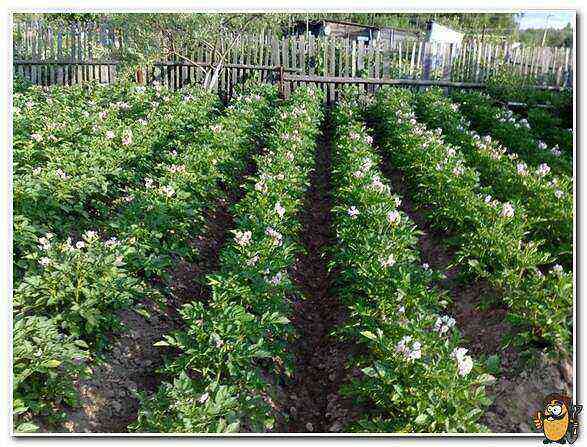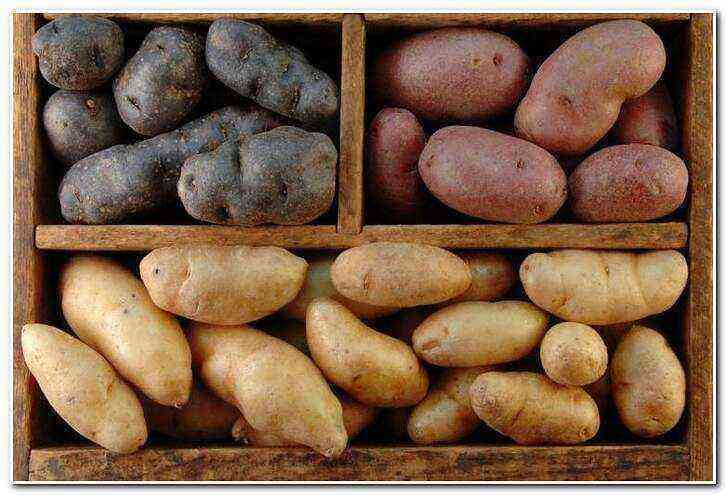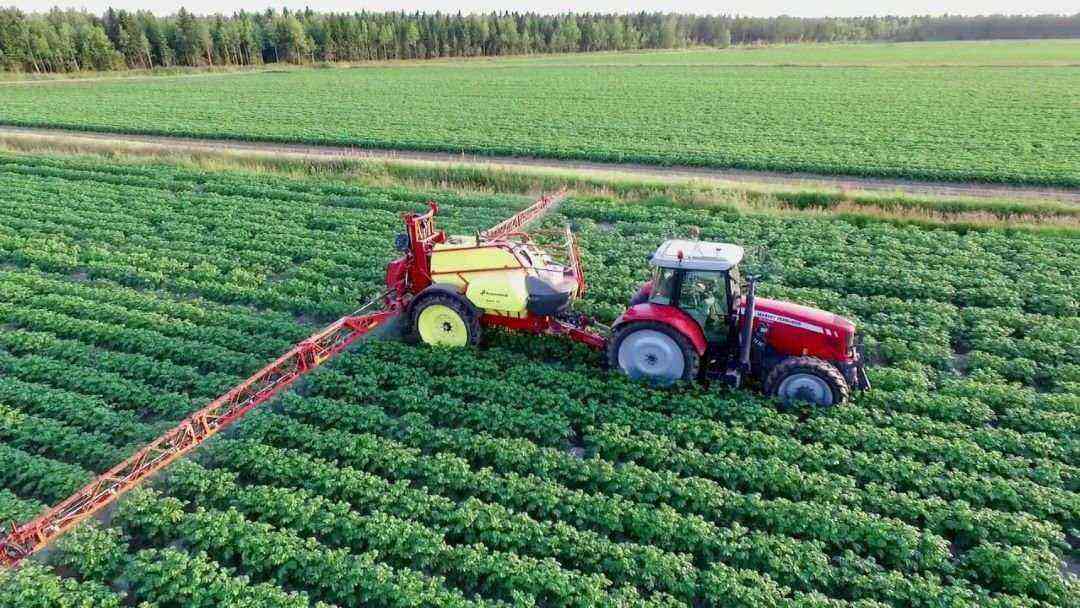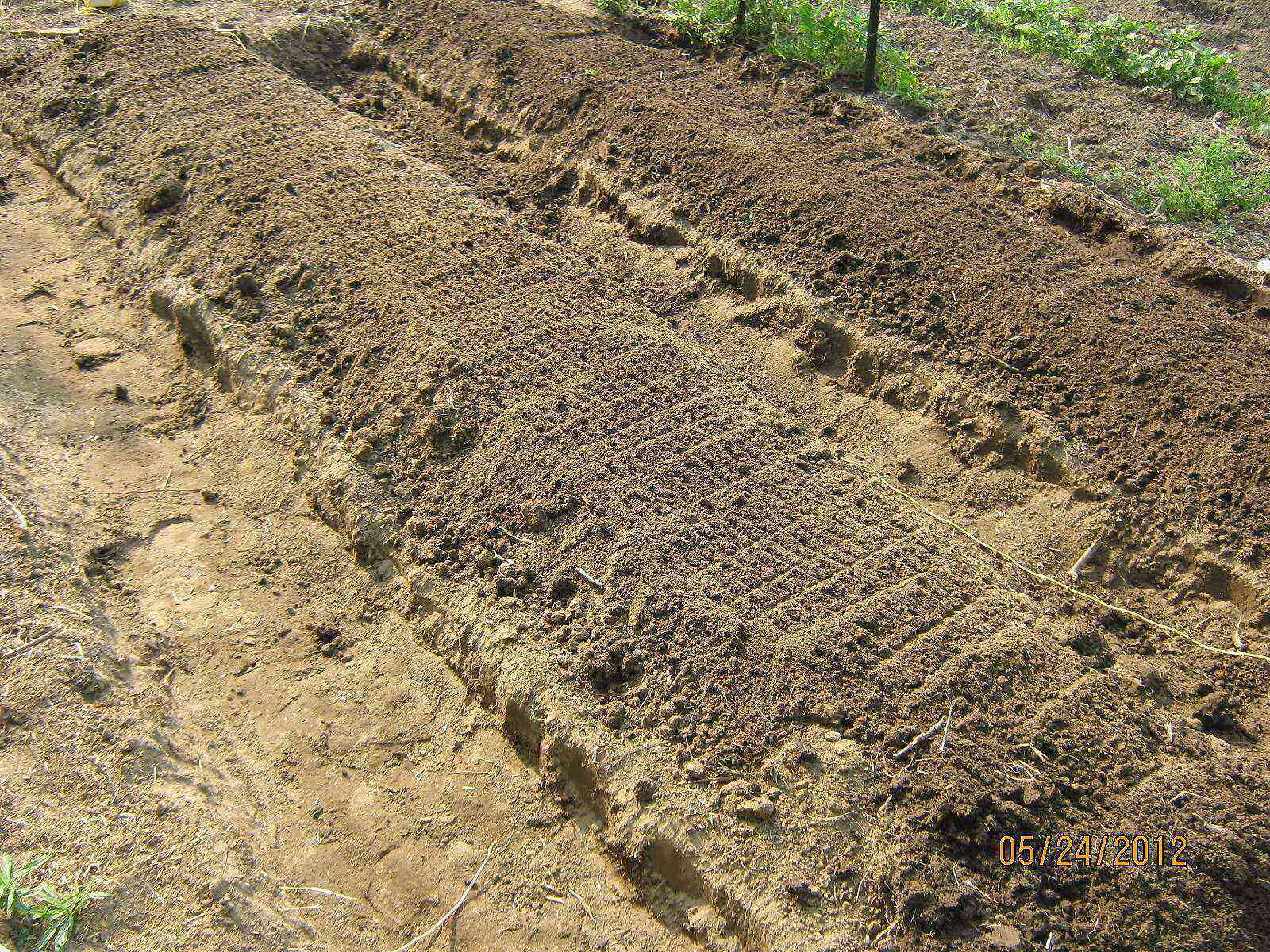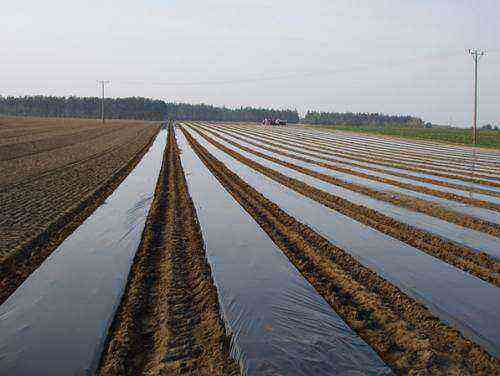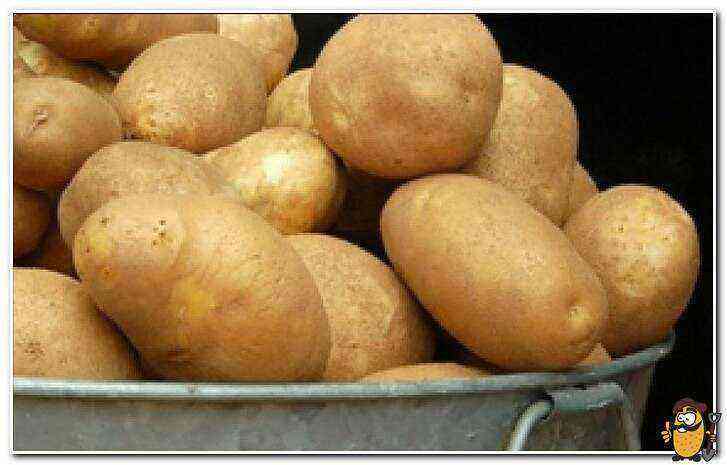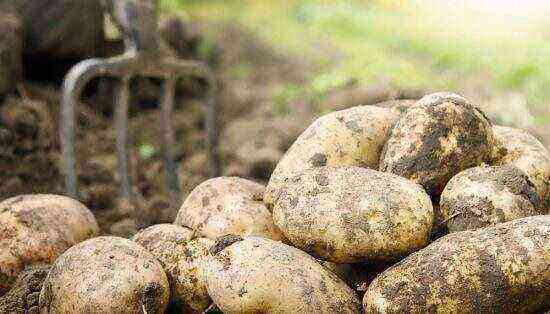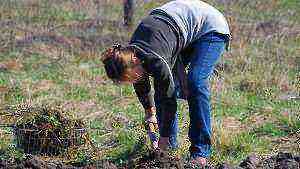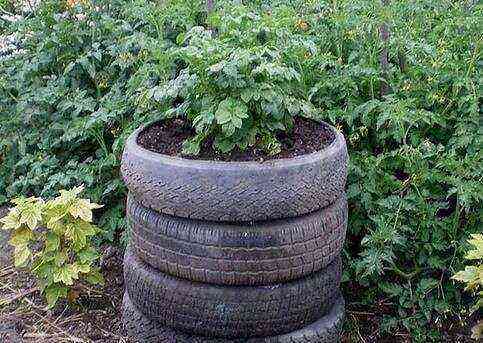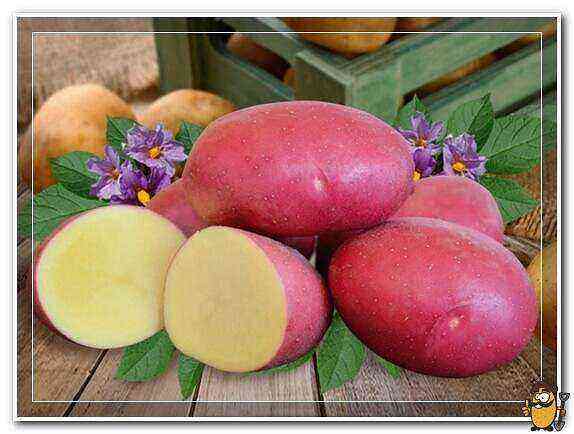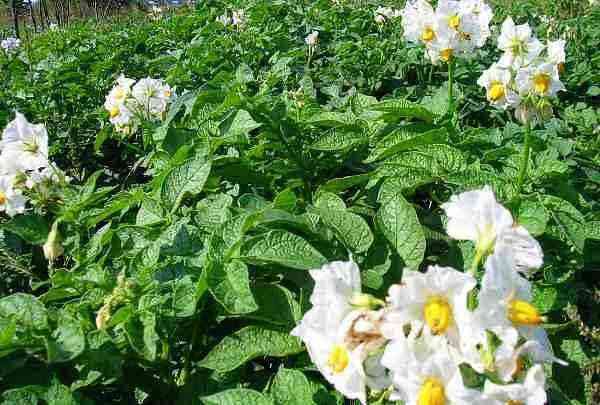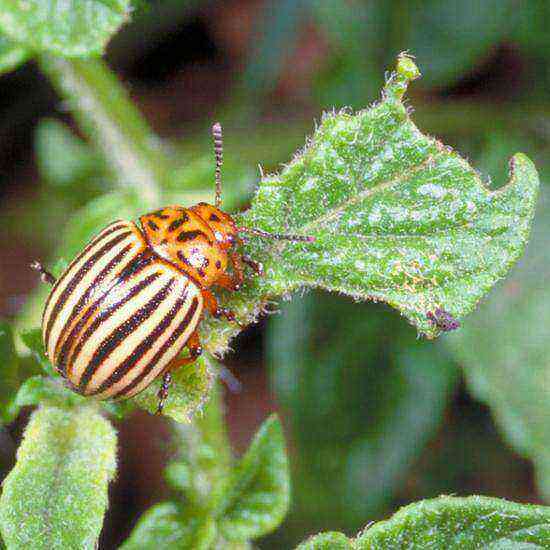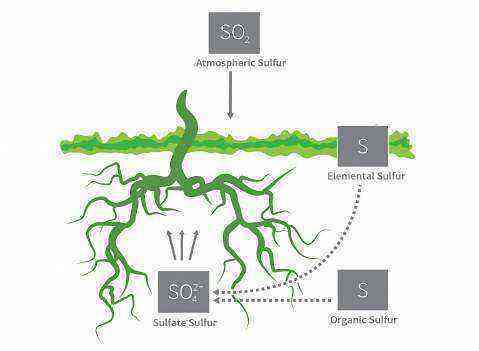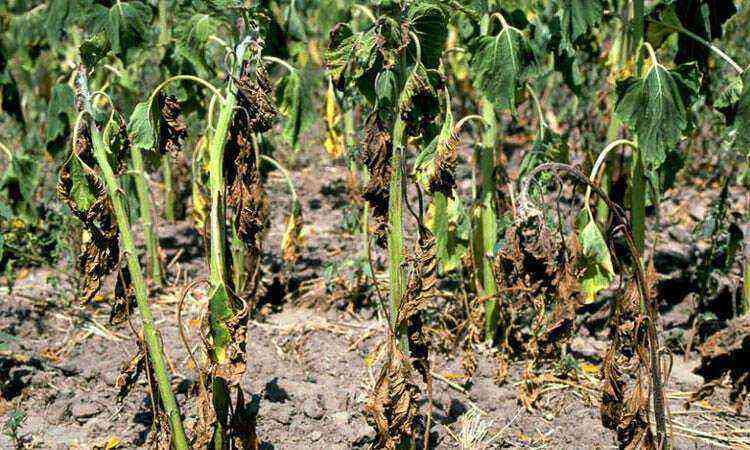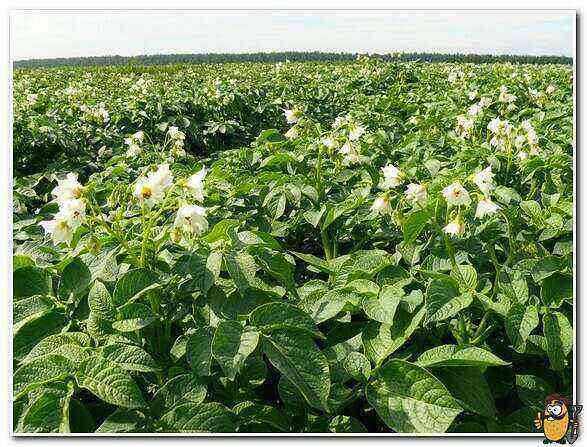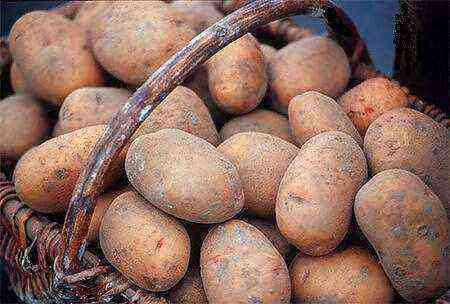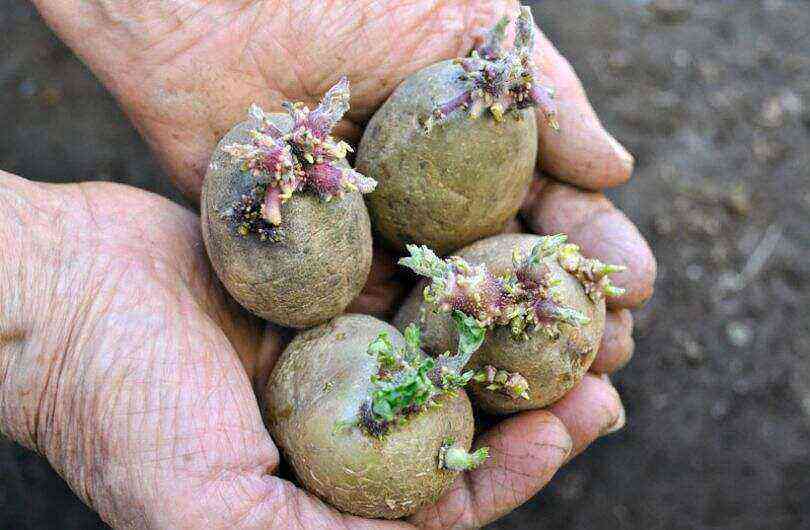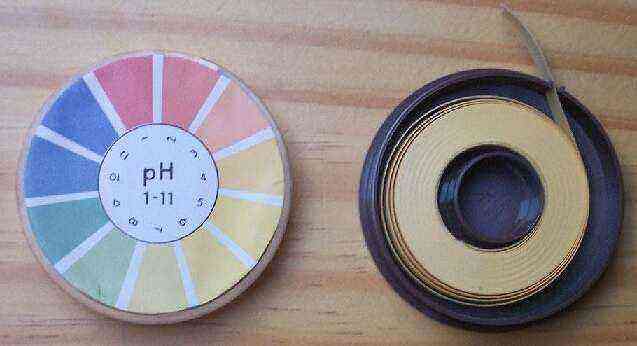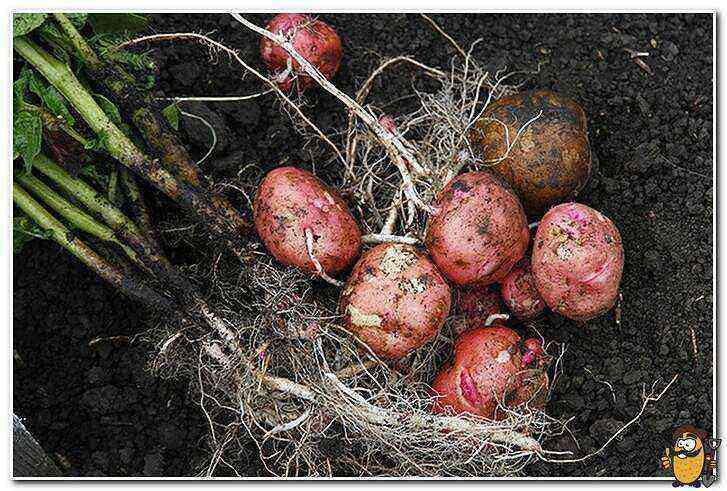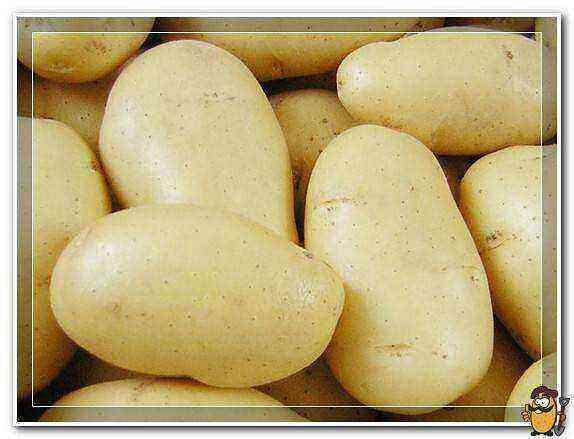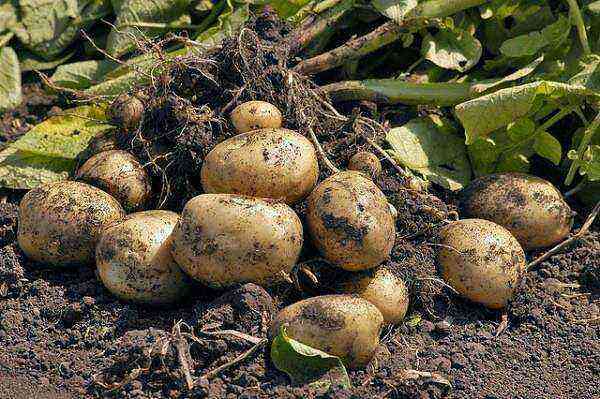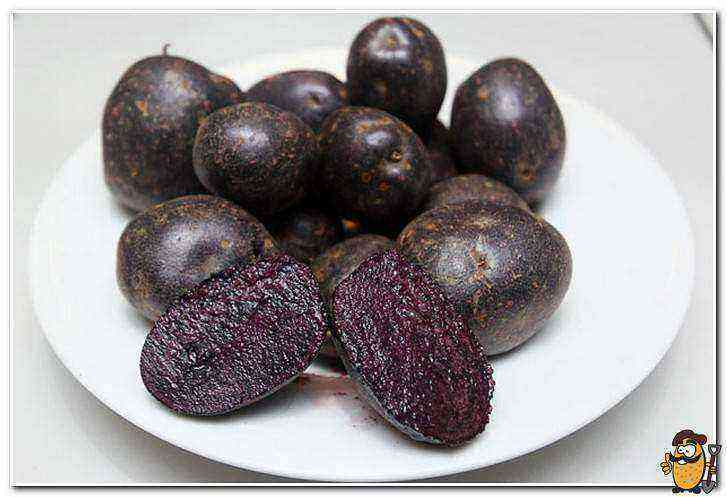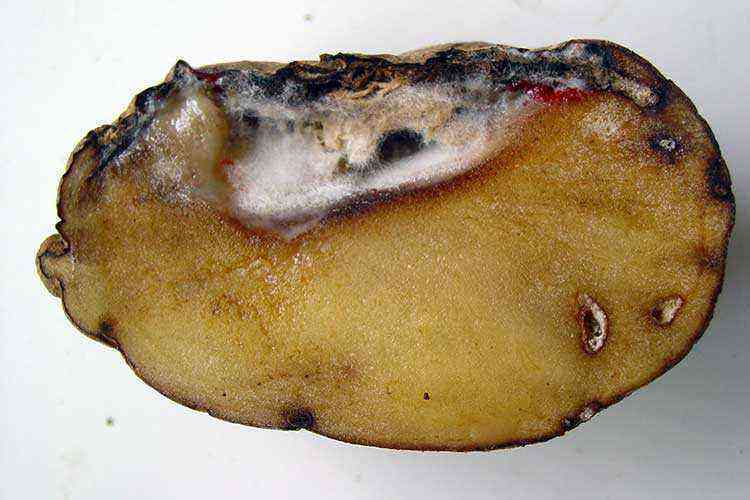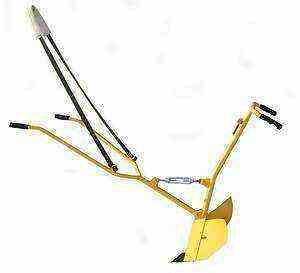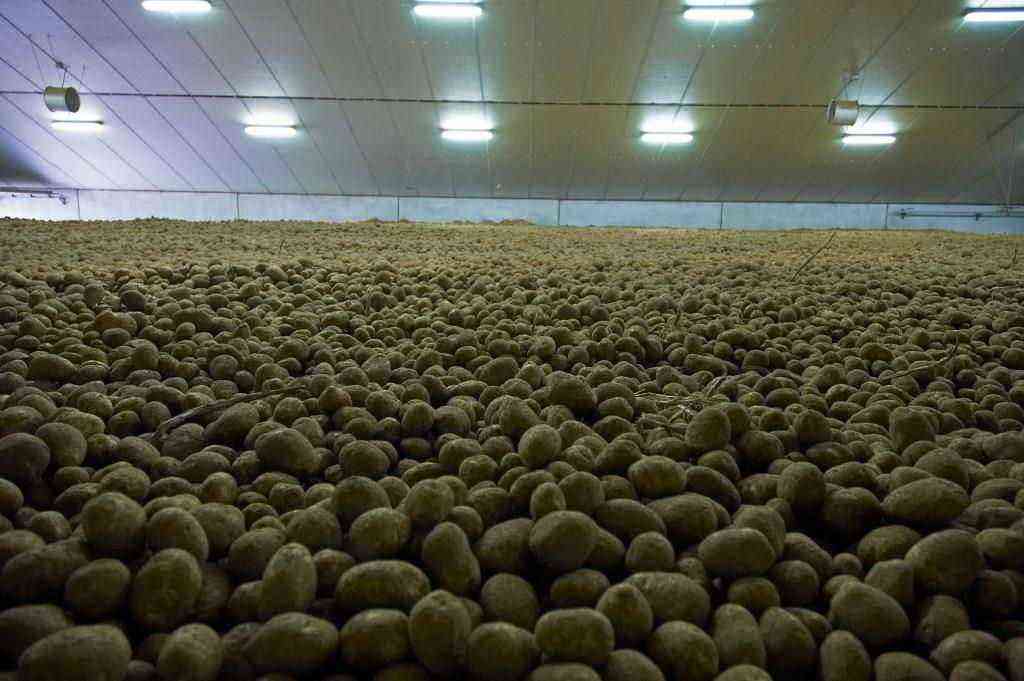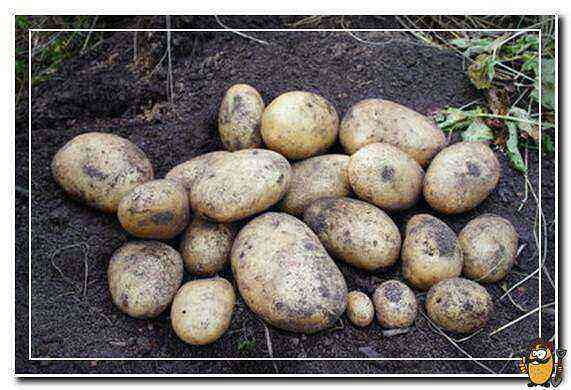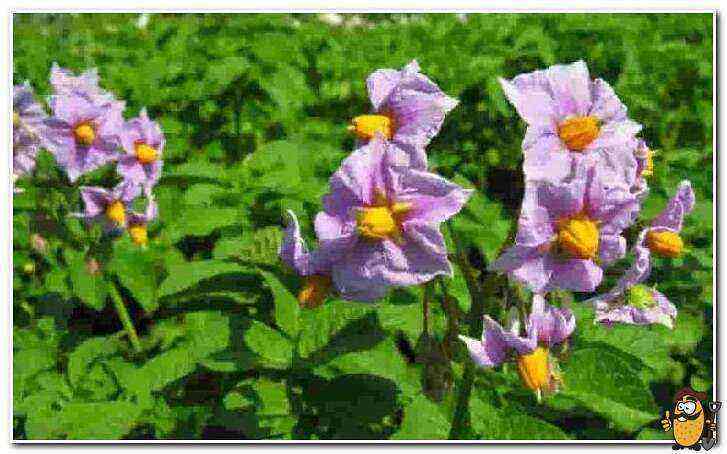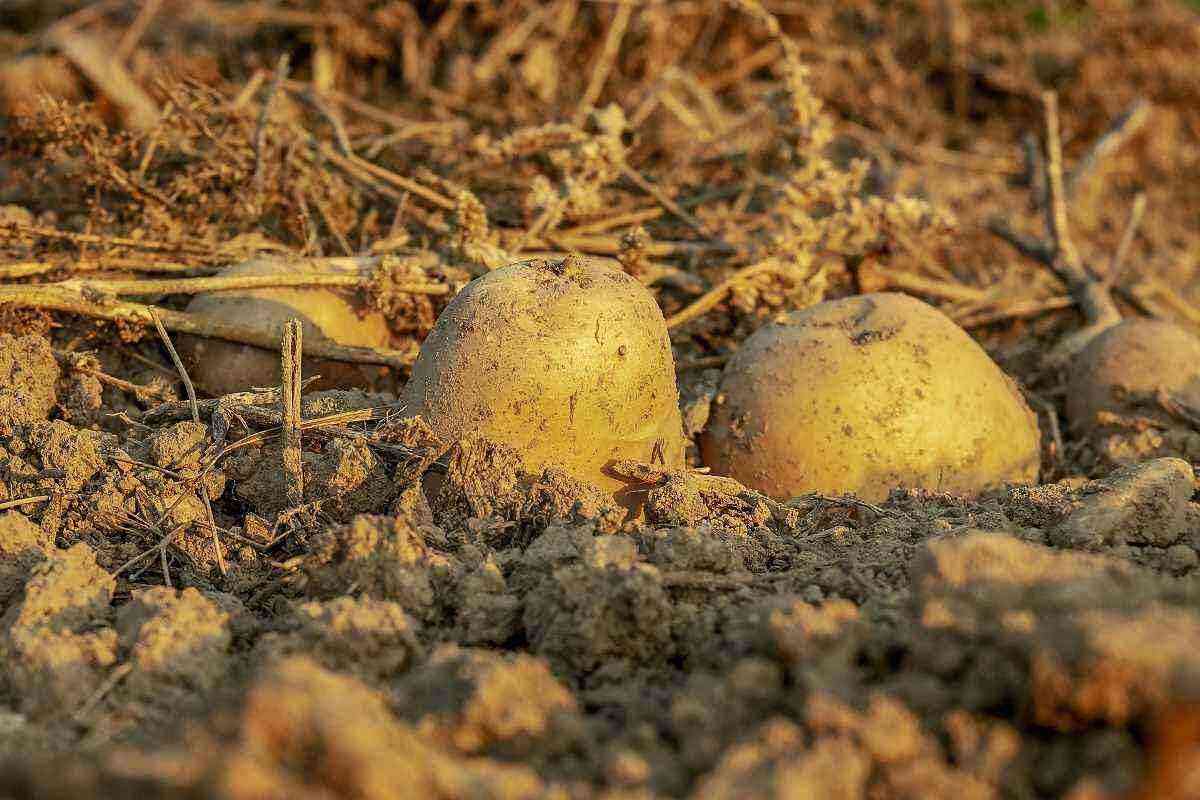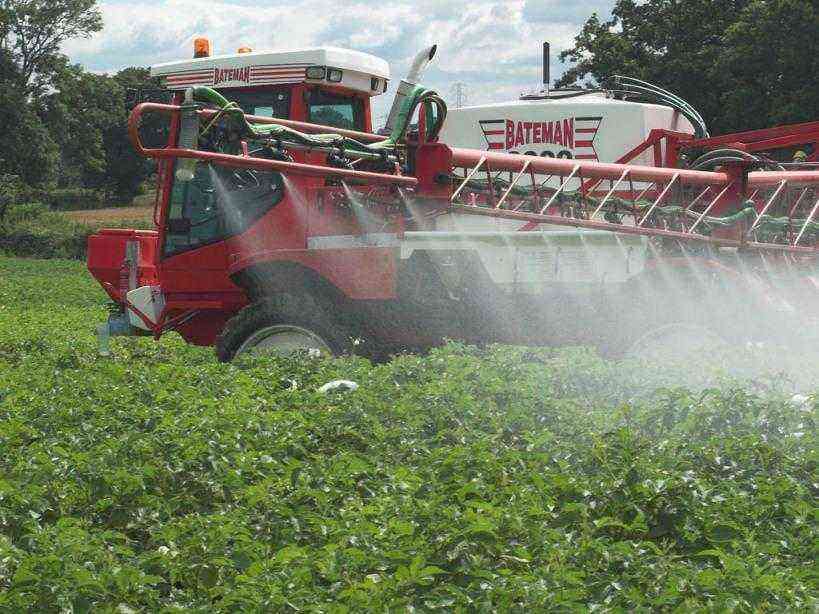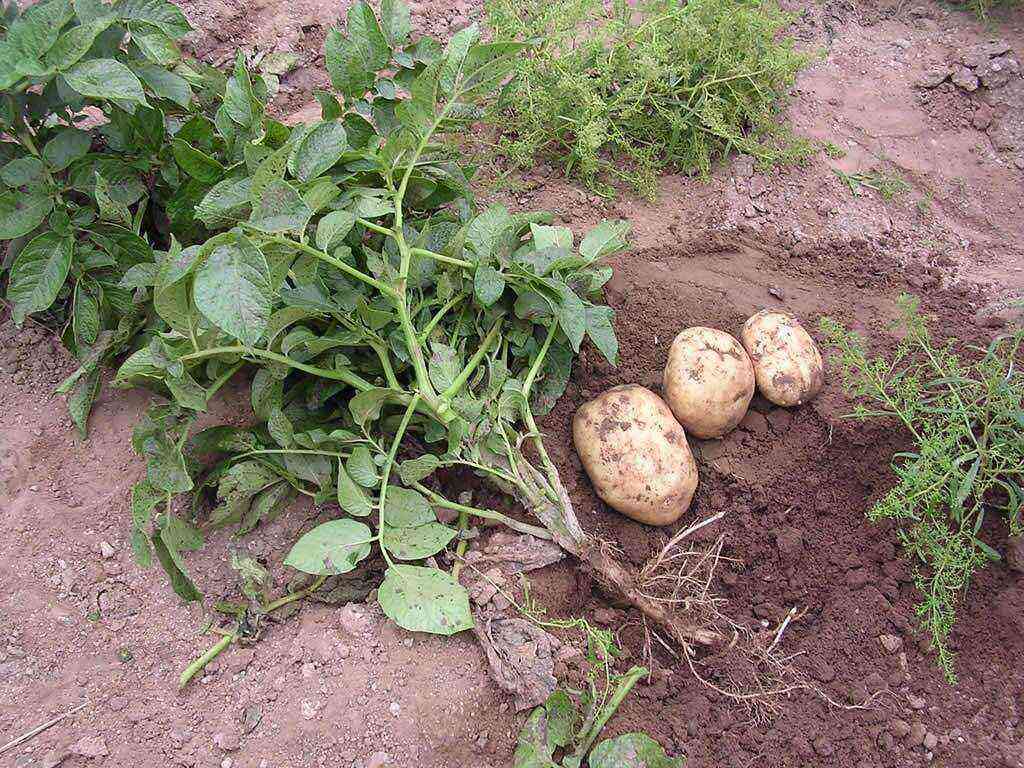Agronomists strongly recommend changing the potato variety at least once every 4-6 years, but many owners of backyard plots do not follow this advice. Agronomists have their own truth: potatoes degenerate over time, and yields are getting smaller. But not every summer resident or villager has the money to purchase expensive seeds once every few years.
However, the degeneration of the variety can be slowed down as it occurs when diseases accumulate in the tubers. If you use only healthy seed material, then you will have to spend much less money on purchasing elite seeds.
A problem arises: with a continuous method of harvesting, regardless of how the potatoes are dug up: manually or mechanically, it is difficult to separate absolutely healthy planting material. Even if the tuber does not have any visible defects, its tops could well be infected with a viral or fungal disease. Such potatoes will rot in storage by the middle of winter, infecting other tubers, and if they stay until spring, they will give frail, sick offspring.
To avoid epidemics and mass death of plantings, it is recommended to carry out phyto-peeling of potatoes several times per season.
Frequency of phyto-cleanings
Phyto-cleaning is the removal of diseased plants from the site that can infect neighboring bushes. Agronomists advise to carry out at least 3 phyto-cleanings per season:
- the first – when the shoots reach a height of 10-15 cm;
- the second – during flowering;
- the third – before mowing the tops, 2-3 weeks before harvesting.
A gardener doing phyto-cleaning should go around the entire site, inspect the beds and remove bushes that are very stunted in growth, with spots of rot or mosaic on the tops, with curling leaves. Affected tops and rotten tubers are burned. Neighboring plants are examined especially carefully.
Phyto-cleaning during flowering allows you to identify the majority of diseased bushes
The place where the diseased bush grew is spilled with a solution of Fitosporin-M or copper sulfate. So that the land is not empty, they throw several grains of green manure into it: phacelia or white mustard. Gardening tools used for phyto-cleaning are washed in a disinfecting solution “Belizna”, work clothes are washed.
The given terms of phyto-purification are approximate. It is recommended to time these procedures in time for the flight of aphids or leafhoppers. Insects spread viral infections, and if there are no diseased plants on the site by the time winged pests appear, then an epidemic will not arise.
Moreover, even the use of systemic insecticides does not save from the spread of some viruses: if the insect-carrier of the infection cries into the tops soaked in a toxic drug, it will die, but it will have time to infect the plant.
Sometimes there are tips to do chemical phyto-cleaning of potatoes by adding a concentrated aqueous solution of urea (in a 1: 1 ratio) under a diseased bush. But such procedures are not always effective: a bush watered with a strong herbicide dies only after a few days, and during the entire period of wilting it serves as a source of infection.
Seed potato planting care
To slow down the degeneration of the variety, it is necessary to grow seed potatoes in separate beds. Since such tubers are not intended for food, they are allowed to be treated with full doses of insecticides and fungicides. Phyto-peelings of seed potatoes are carried out carefully, ruthlessly removing all suspicious-looking bushes.
It is even better to sow botanical potato seeds in a tray in early spring, and when it gets warmer, plant seedlings in the beds. Tubers of potato bushes grown from botanical seeds are free from diseases and produce healthy offspring. The main thing is to take good care of them and do phyto-purification on time.
